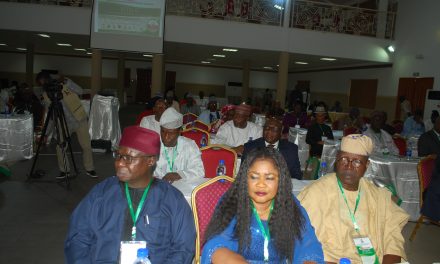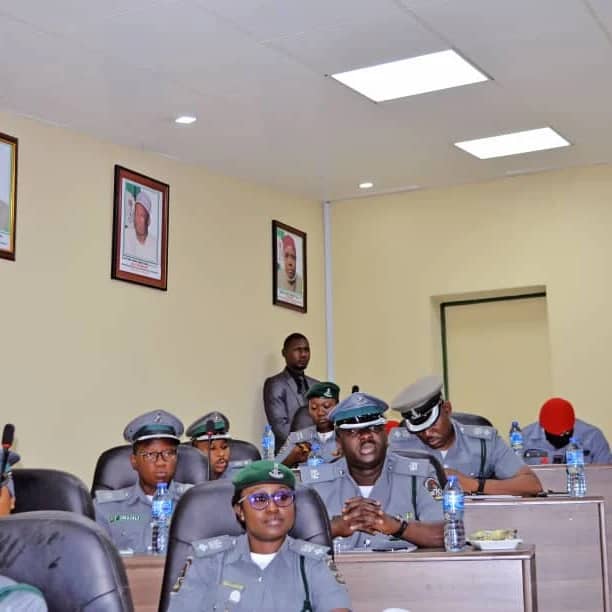The history of Nigeria’s economic development is deeply rooted in the contributions and roles the various sectors such as Agriculture, Mining, Manufacturing, etc, have played over time. The pre-colonial and post-colonial economic profile was dominated by the non-oil sectors largely made up of agriculture, mining and taxation.
The agricultural and mining sectors were the pride of the nation as they commanded and occupied enviable production positions and held substantial world market shares of cocoa, cotton, groundnut, palm produce, hides and skin, tin, coal, iron bauxite etc. Consequently, they jointly contributed over 65% of the national Gross Domestic Product (GDP) and provided employment opportunities for the populace.
At independence, each region in the country had settled for cash crops and mining products for which it had comparative advantage in commercial quantities. Thus, the Western Region was basically noted for producing cocoa for export. The revenue from cocoa was known to have helped in shaping the infrastructure and general socio-economic development of the Region. In the same vein, groundnut was the mainstay of the economy of the Northern Region. This was symbolized by the ‘groundnut pyramids’. As its major revenue earner, it impacted positively on the economic life of the people of the region. Solid minerals such as tin and iron ore from the Middle Belt also made their contributions to the development of the north and the nation. In the Eastern Region, palm produce was the pre-dominant cash crop. Coal also helped immensely to the economic development of the Region. Similarly, the economic transformation that took place in the Mid-West Region was attributed to its engagement in production of rubber for export.
Nigeria’s economic scenario changed with increased oil exploration activities and the ascendancy of oil and gas sector as its prime sector which climaxed into the oil boom of the 1970s. With the disappearance of the regions, and the emergence of States-Federal Structure, The economy was completely overwhelmed by the effect of ‘oil money’. From then, States and indeed local governments instead of being producers as before, had to rely on transfers from the center. Ultimately, this led to the neglect and collapse of export oriented agriculture and mining in Nigeria.
The Role of Revenue Mobilisation Allocation and Fiscal Commission
Revenue Mobilisation Allocation and Fiscal Commission under Paragraph 32(a)(c) Part I of the Third Schedule to the 1999 Constitution of the Federal Republic of Nigeria (as amended) is charged with two critical responsibilities:
(i) monitor the accruals and disbursement of revenue from the Federation
(ii) advise the Federal and State Governments on fiscal efficiency and methods by which their revenue can be increased.
It is in pursuance of these responsibilities that the Commission came to terms with the danger of reliance of the three tiers of Government on statutory allocations from the Federation Account, and by extension, continued dependence on oil and gas revenues to finance their respective costs of governance and economic development. Since 2004, the Commission had intensified efforts at bringing the three tiers of government to terms with the need for diversifying the economy through the programmes outlined as follows:
(2004): National Awareness Seminar
- Organized National Stakeholders Seminar with the theme: “Guaranteeing Nigeria’s Future Through Economic Diversification”
- Report of Seminar with Sectoral recommendations/strategies submitted to Federal, States and Local Governments in 2004.
- Since then, all fiscal, economic and budget advisory memoranda of the Commission highlighted/reminded all tiers of government on the urgent need to diversify the nation’s economy.
(2011-2014): Zonal Advocacy Program
- Organized Zonal Advocacy Workshop at Minna (North Central); Abeokuta (South-West); Asaba (South-South); Kano (North-West); Abakaliki (South-East); Gombe (North-East). The philosophy was to reach out and take into cognizance regional peculiarities and comparative advantages of respective zones.
- A comprehensive Report with clear recommendations has already been submitted to the present Administration.
(2016-2017): States’ Assessment Exercise and Development of Integrated Diversification Process
- Nationwide Monitoring, Assessment and Evaluation Exercise to assess States’ diversification related projects/programmes and produce a Status Report for each State to the Presidency.
- National Stakeholders Forum to peer review, harmonize and develop an Integrated Economic Diversification Process.





